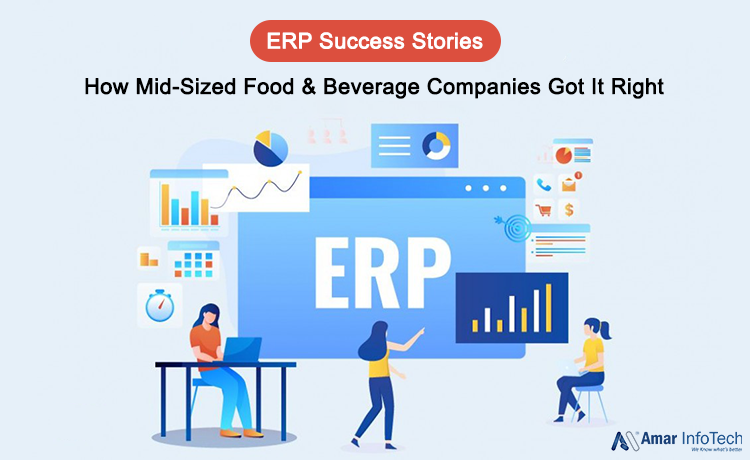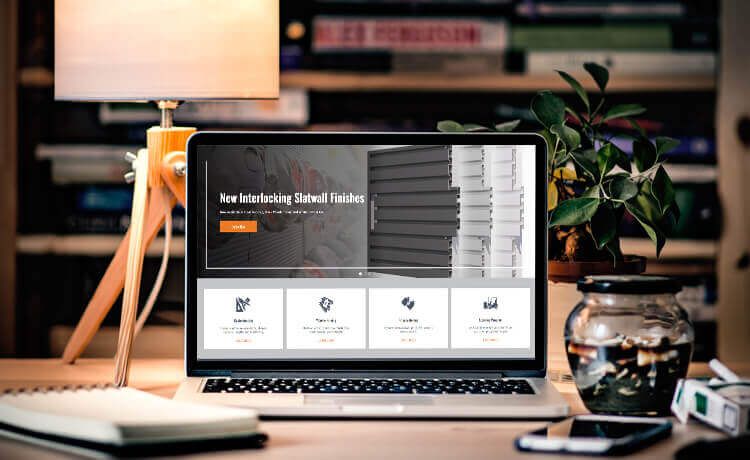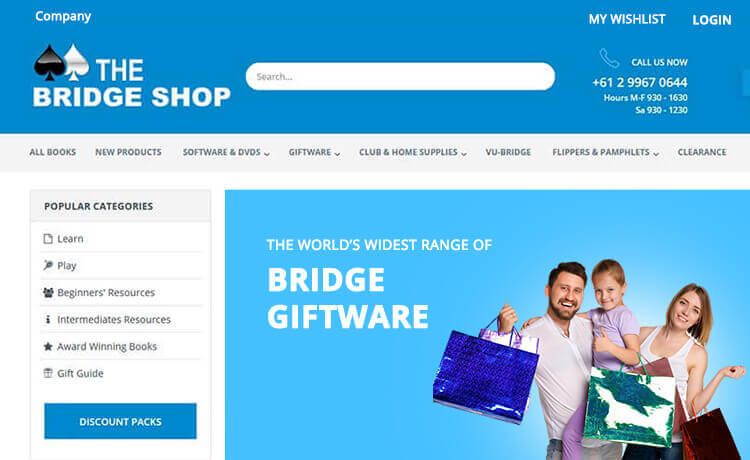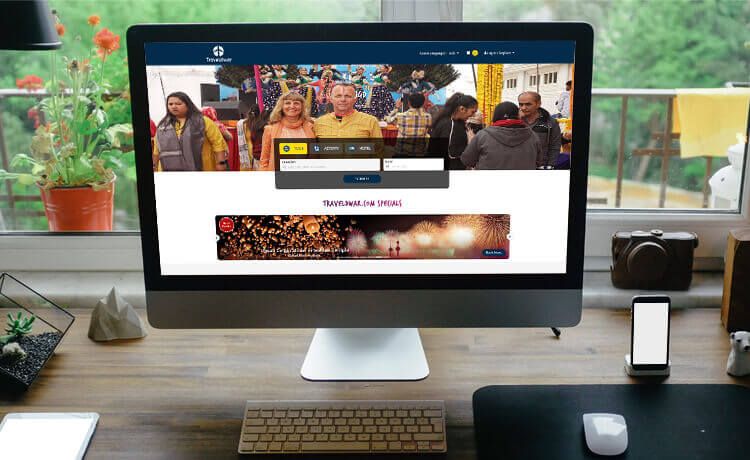Introduction
Mid-sized food and beverage companies often find themselves at a crossroads when their legacy systems no longer support their evolving needs. Balancing industry-specific requirements with the limitations of outdated software can hinder growth, reduce efficiency, and increase compliance risk.
This case study explores how a mid-sized food and beverage company successfully transitioned from a legacy ERP to a modern, cloud-based ERP solution—overcoming operational bottlenecks and setting the stage for scalable, data-driven growth.
The Challenge
The company was operating on a heavily customized, legacy ERP system that no longer aligned with its business needs. Over time, customizations had made it difficult to upgrade, maintain, or adapt to evolving industry standards. Critical issues included:
- Manual processes in batch manufacturing, recipe management, and raw material tracking
- Lack of real-time visibility into inventory, production, and distribution
- Inefficient order processing and packaging workflows
- Compliance gaps due to limited traceability features
- Data silos, making reporting and decision-making slow and unreliable
These issues were beginning to affect customer satisfaction, increase operational costs, and limit the company’s ability to scale effectively.
Inspiration: Balaji Wafers Cloud Migration
A key turning point in the company’s transformation journey came after studying the Balaji Wafers cloud migration case handled by Amar Infotech. Balaji faced similar challenges—performance bottlenecks, lack of centralized control, and difficulty managing multiple production locations.
Their solution? A cloud-first strategy, which ensured:
- Centralized access to real-time production and inventory data
- Improved server performance and 99.9% uptime
- Seamless integration between their ERP and third-party tools
- Scalable infrastructure that could grow with business needs
Inspired by this, the company chose to combine ERP modernization with cloud migration to truly future-proof its operations.
ERP Selection & Implementation Process
Understanding that a strategic digital transformation was essential, the company partnered with an ERP consulting firm to lead the selection and implementation process. The structured ERP journey included:
Step 1: Needs Assessment
- Conducted interviews with stakeholders from production, finance, sales, quality control, and operations
- Identified mission-critical needs: lot-level traceability, recipe-based manufacturing, real-time inventory, mobile access, and regulatory compliance
- Created a detailed requirements matrix to guide vendor evaluation
Step 2: ERP Vendor Evaluation
- Evaluated ERP systems specifically designed for food and beverage manufacturers
- Assessed solutions based on scalability, process manufacturing support, cloud capabilities, and ease of integration
- Selected a modern, cloud-based ERP platform with deep F&B functionalities, robust analytics, and third-party app support
Step 3: Phased Implementation Approach
To minimize disruption, a phased rollout was executed:
- Phase 1: Core Financials, Chart of Accounts setup, and Inventory Control
- Phase 2: Recipe & Batch Management, Production Scheduling, Quality Management
- Phase 3: Compliance & Traceability tools, Mobile Dashboards, Advanced Reporting
The ERP system was also integrated with third-party solutions for shipping automation, packaging control, and warehouse barcode scanning.
ERP Modules Deployed
The implementation included a comprehensive suite of standard and industry-specific modules:
Generic ERP Modules
- Financial Management (GL, AR, AP, Fixed Assets)
- Human Resources & Payroll
- Sales & Order Management
- Procurement & Supplier Management
- Inventory & Warehouse Management
Food & Beverage-Specific Modules
- Batch & Recipe Management: Automates formulation tracking, scaling, and version control
- Production Planning & Shop Floor Control: Supports capacity planning, downtime tracking, and throughput optimization
- Quality Control: Automated inspections, lab test tracking, and non-conformance management
- Compliance & Traceability: Full product traceability from raw ingredients to finished goods; supports FDA, USDA, HACCP, and GFSI standards
- Mobile Dashboards: Executives and plant managers gained real-time visibility across operations
Results & Benefits
After going live, the company experienced tangible and strategic benefits:
- 30% reduction in manual errors across production, procurement, and order processing
- 20% increase in operational efficiency through automation and streamlined workflows
- Improved traceability and compliance, significantly reducing audit risk and non-conformance issues
- Real-time reporting enabled proactive decision-making and faster month-end closing
- Scalability, allowing seamless onboarding of new product lines, suppliers, and distribution hubs










